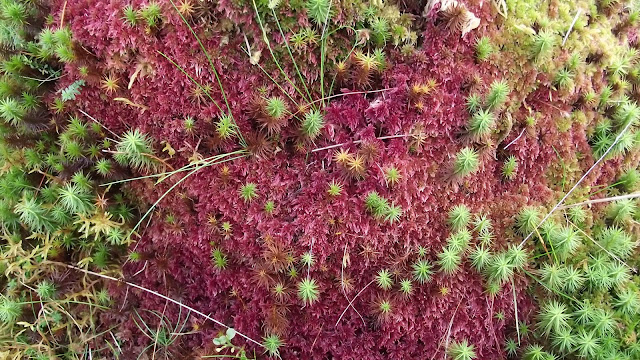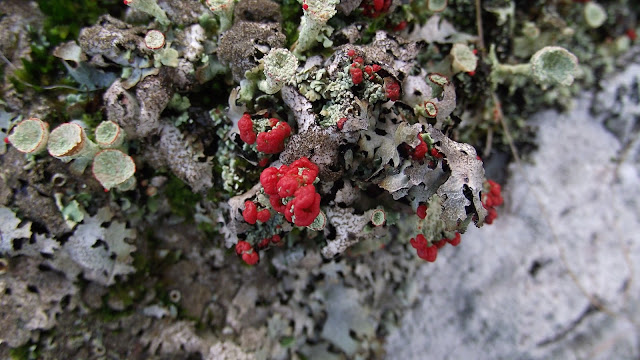If you’re going to enjoy a weekend away that involves a four to five-hour drive there and back, there are a couple of things you need to get right. First, the planning, which for me means the supplies; second, the weather - and here you really are in the lap of the gods.
Friday was a busy enough day, but I made time to casserole a couple of pheasants in a large pot, stick the lid down with tape, and stow it in the back of the car along with a box full of other necessaries: coffee, bread, wine, sausages, cheese, eggs. We wouldn’t starve. As for the weather, well, we simply got lucky. While the north-east of England had grey, wet conditions, we basked in sunshine, gentle breezes, and temperatures around 14-15 degrees (57-59 F).
The place we stayed in is a slate-roofed cottage, built of stone, halfway up a mountain. It overlooks a valley that leads into the Conwy, with the sea about 20 miles to the north. We arrived a little before midnight on Friday, having left home some time after seven. As we crossed the Pennines into Lancashire the rain was sheeting down, the clouds brushing the hilltops. A mere hour or so later, past Chester and into North Wales, the moon was visible through a haze, the roads dry.
You have two choices in places this remote: laze around the house and garden or get out and enjoy the mountains. There really isn’t much else to do. I have to admit that I wouldn’t have the faintest idea how to describe our walk - I mean in terms of place-names. And as much as I might have a vague notion of what one or two mountains or valleys are called, I wouldn’t dare try to spell them. Welsh place-names are hard enough to read, impossible to pronounce, and use vowels very sparingly.
The first thing that struck me, apart from the balmy temperature, was the amount of gorse that was in flower. And then I remembered A’s mother, who likes to say ‘kissing’s in fashion when the gorse is in bloom’ - which it is almost year-round in some parts.
The hills we were walking on are made of rock - much of it dark grey slate - and covered in a layer of peaty soil on which mosses thrive, along with reeds, sedges and lichens.
Those hummocks - each of them a foot or two thick - would make excellent pillows were they not, generally, standing in several inches of water. At this time of year streams are coursing down the hillside, occasionally forming hollows deep in enough to swim in.
What I find fascinating in this landscape - much as I did in the Sandhills - is that what looks at first glance as though it’s a uniform shade of green, or brown, contains a variety of colours, some quite vivid.
Our target was ‘the hill with the lake on it’. There is, a far as I am aware, no Welsh name. In all of A’s long history of visiting this spot - which goes back almost fifty years - she has never seen another person there. That’s a comforting thought whenever I am tempted to feel oppressed by living in a small island with 60,000,000 other people. It’s probably not a natural lake; the suspicion is that it was formed after some extensive peat-cutting. I’ve swum in it once or twice, and to the best of my knowledge it is nowhere deeper than three or four feet.
There’s probably a bit more to be said about this, but I have my son visiting today and am taking him to see the wonders of Gateshead and Newcastle, so I may pick it up again later in the week.











No comments:
Post a Comment
I like to hear what people think about my blog. Please add a comment if you are in the mood.